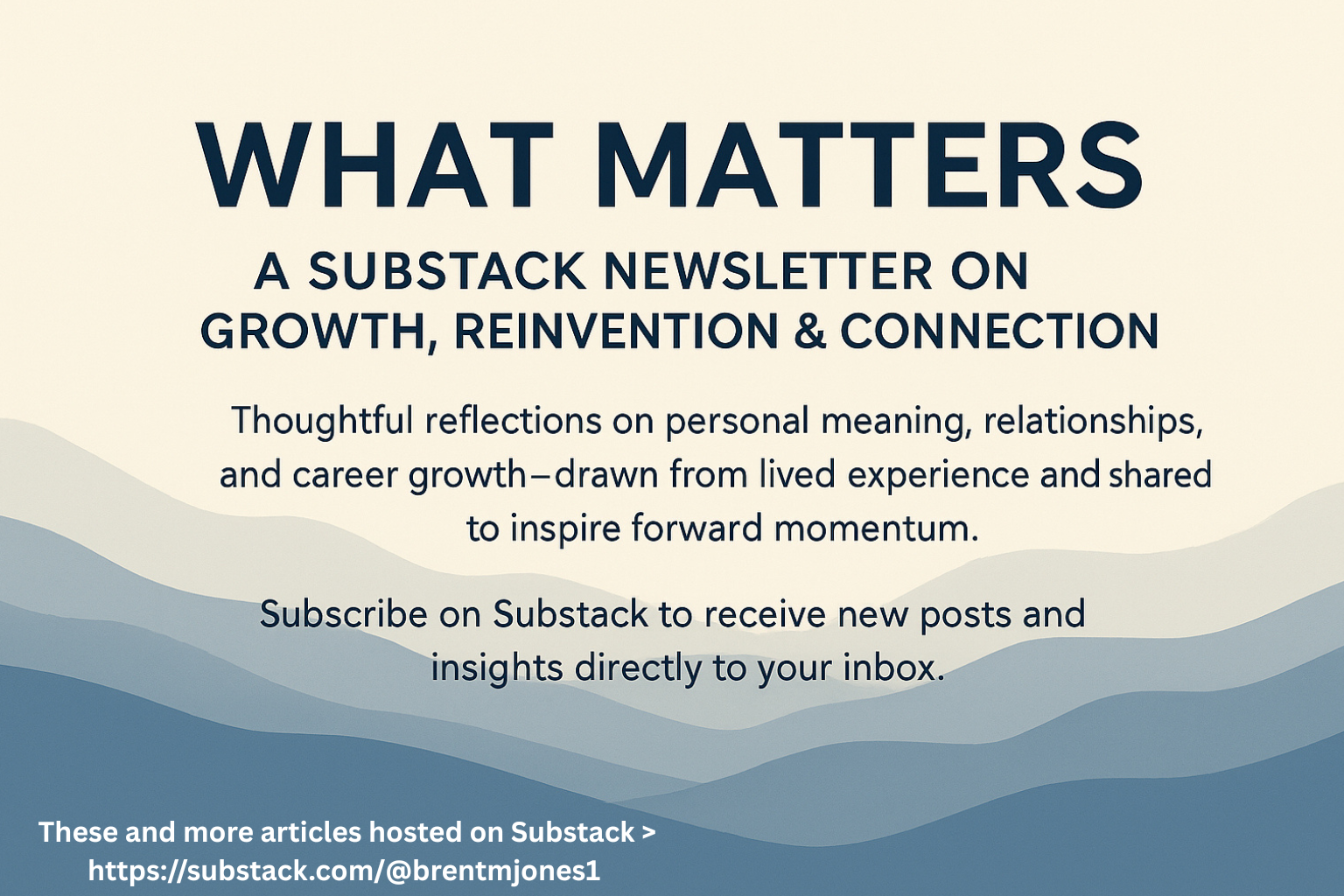Networking, Make it Real →
Networking Everyday Event
We have already reached the time when an algorithm can analyze the data of those you connect with to identify interests, career goals, and general experiences. This information can match the user to contacts, making the networking process more efficient.
Professional networking will foster connections and keep you updated on current trends & conversations in your field and areas of interest. They can help you access connections you would not necessarily have gotten offline.
In an article published by Indeed’s Editorial Team on March 15th, 2021, “Top Networking Skills You Should Have (And How To Improve Them),” these three skills were presented as steps you can take to improve your networking skills
1. Practice improving communication habits:
Improve your networking skills by practicing good communication habits. Maintain eye contact when speaking with someone and nod your head in understanding or agreement. Use simple, straightforward language, ask questions and invite opinions. Please pay attention to the body language of the person you're speaking with to make sure they understand and confirm whether they agree or disagree.
2. Ask friends for constructive feedback:
Consider asking friends how you're coming across in conversation. Understanding where you can improve can help you improve your communication style, which can significantly impact your networking skills.
3. Attend networking events:
One of the best ways you can improve your networking skills is to practice them regularly. Attend networking events and focus on building a genuine human connection with the people you meet. Ask questions that show you're genuinely interested in getting to know the person you're speaking with, and listen closely to the answer while maintaining eye contact. Respond with relevant questions to show you were listening. Focus on the quality of the relationships you're having rather than the quantity.
Still, the most important thing to remember is that networking is a two-way street.
Make it real, and do what that requires, giving and taking to build trust.




